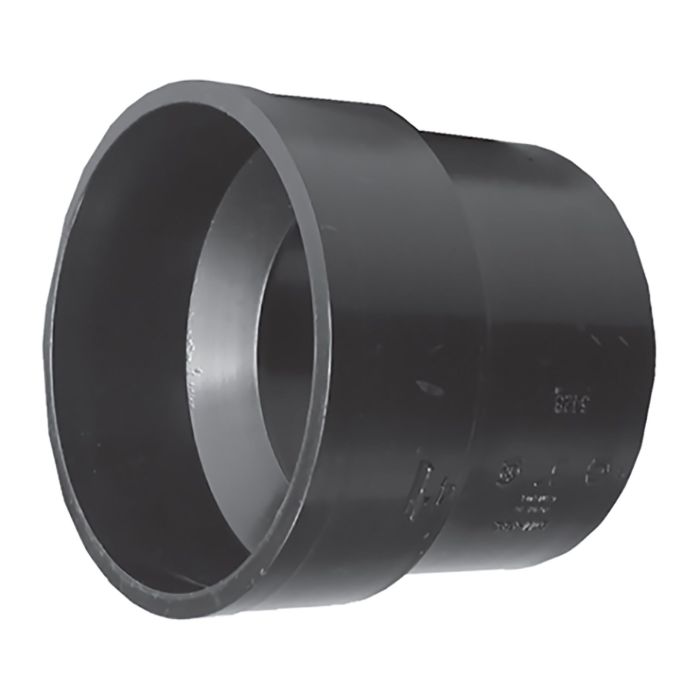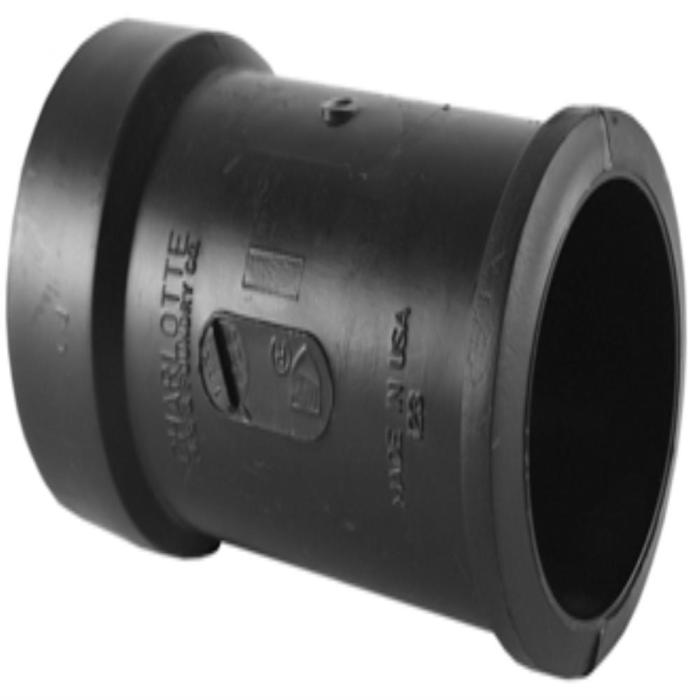Cast iron hub and spigot, a mainstay in plumbing and pipe systems, offers a robust and time-tested solution for connecting pipes. Delving into its design, construction, applications, and maintenance, this comprehensive guide explores the intricacies of this essential component.
Cast iron, renowned for its strength, durability, and resistance to corrosion, forms the foundation of hub and spigot pipes. These pipes feature a hub, or socket, at one end and a spigot, or male end, at the other, enabling seamless connections between pipe segments.
Definition and Characteristics: Cast Iron Hub And Spigot

In plumbing and pipe systems, “cast iron hub and spigot” refers to a type of pipe connection method. Cast iron is a material commonly used in these components due to its durability and strength. A hub and spigot connection involves a pipe end with a flared or enlarged portion (hub) that fits over the plain end (spigot) of another pipe.
Cast iron is an alloy of iron, carbon, and silicon. It is known for its high compressive strength, which makes it suitable for use in pipes that need to withstand pressure. Cast iron is also corrosion-resistant, making it a durable option for underground or exposed applications.
Advantages of Cast Iron Hub and Spigot Connections
- Durability:Cast iron is a robust material that can withstand high pressure and external forces, ensuring longevity of the pipe system.
- Corrosion Resistance:Cast iron’s inherent corrosion resistance makes it ideal for use in underground or exposed environments, reducing the risk of leaks or damage.
- Fire Resistance:Cast iron has excellent fire resistance, making it a safe choice for use in buildings or areas where fire safety is a concern.
Disadvantages of Cast Iron Hub and Spigot Connections
- Weight:Cast iron is a heavy material, which can make installation and handling more challenging, especially for larger pipes.
- Brittle Nature:Cast iron is brittle, meaning it can be susceptible to cracking under impact or sudden changes in temperature.
- Susceptibility to Rust:While cast iron is corrosion-resistant, it can still be susceptible to rust if not properly protected or exposed to highly corrosive environments.
Design and Construction
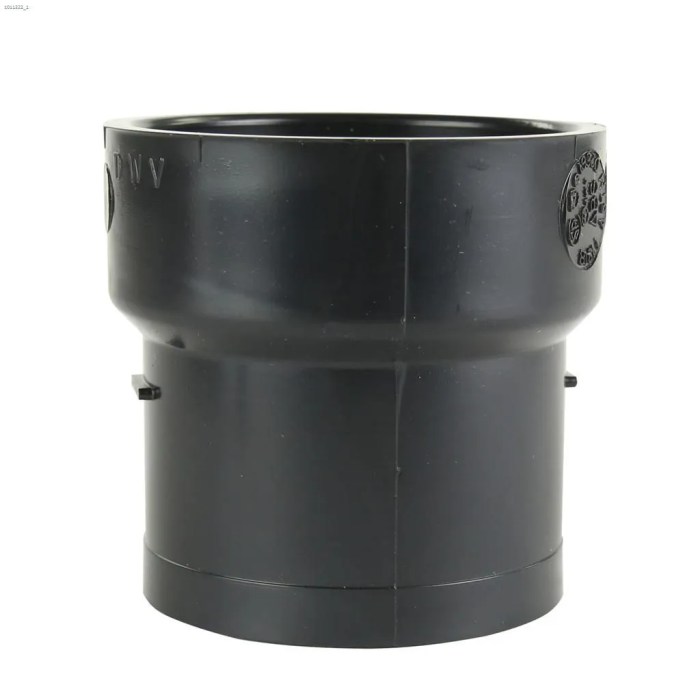
Cast iron hub and spigot pipes are designed and constructed to provide a durable and reliable piping system. The design involves careful consideration of the material properties, pipe dimensions, and jointing methods to ensure the system’s integrity and performance.
Cast iron hub and spigot pipes are commonly used for water distribution systems. They’re durable and reliable, but they can be prone to corrosion. If you’re concerned about the health of your skin, you may want to take the do i have melanoma quiz . This quiz can help you determine if you have any suspicious moles or other skin changes that may indicate melanoma.
Early detection of melanoma is key to successful treatment, so it’s important to be aware of any changes in your skin. After taking the quiz, you can learn more about cast iron hub and spigot pipes and their applications.
Manufacturing and Assembly
The manufacturing process of cast iron hub and spigot pipes begins with the production of molten iron. The molten iron is then poured into molds to create the pipe sections. After cooling and solidification, the pipes are machined to achieve the desired dimensions and surface finish.
The hub and spigot ends are formed during the casting process, providing a means for connecting the pipes.
Joints and Fittings, Cast iron hub and spigot
Cast iron hub and spigot systems utilize various types of joints and fittings to connect the pipes and accommodate changes in direction or elevation. Common joint types include:
- Mechanical joints:These joints rely on bolts or clamps to secure the pipes together. They provide a flexible connection that allows for some movement and adjustment.
- Push-fit joints:Push-fit joints use a rubber gasket to seal the connection between the pipes. They are quick and easy to assemble, making them suitable for temporary or non-critical applications.
- Flanged joints:Flanged joints utilize flanges bolted together to create a secure and leak-proof connection. They are often used in high-pressure or high-temperature applications.
Fittings such as elbows, tees, and reducers are also available to facilitate changes in direction or accommodate different pipe sizes within the system.
Installation and Maintenance
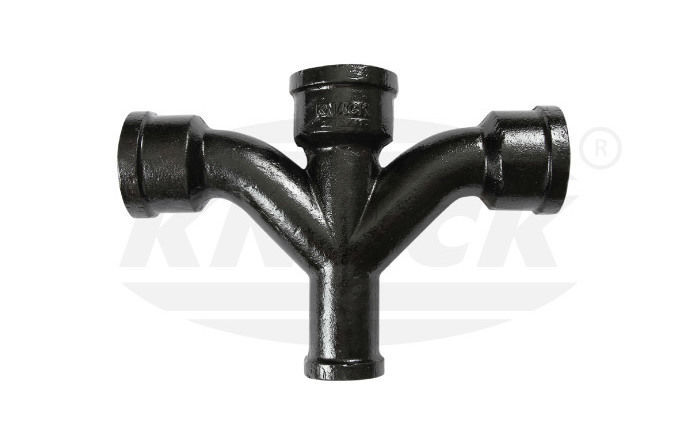
Installing and maintaining cast iron hub and spigot pipes require careful planning and execution to ensure a long-lasting and reliable system. This section covers the steps involved in installation, proper handling and storage, and essential maintenance practices.
Installation
- Site Preparation:Prepare the excavation trench according to the pipe’s diameter and depth requirements. Ensure proper drainage and support for the pipes.
- Pipe Placement:Carefully place the pipes in the trench, ensuring they are aligned and graded correctly. Use a level to check for proper alignment.
- Joint Assembly:Clean and lubricate the hub and spigot ends of the pipes. Insert the spigot end into the hub end and secure the joint using a lead or mechanical joint.
Handling and Storage
Proper handling and storage are crucial to prevent damage to cast iron pipes. Use slings or lifting equipment to move the pipes, and avoid dragging them. Store the pipes in a dry and well-ventilated area to prevent corrosion.
Maintenance
- Inspection:Regularly inspect the system for leaks, corrosion, or other signs of damage. Check joints and connections thoroughly.
- Cleaning:Periodically clean the pipes to remove sediment and debris that can accumulate over time. Use water jets or chemical cleaning methods.
- Repair:If damage is detected, promptly repair the affected areas. Replace damaged pipes or repair leaks using appropriate methods.
Applications and Industry Standards
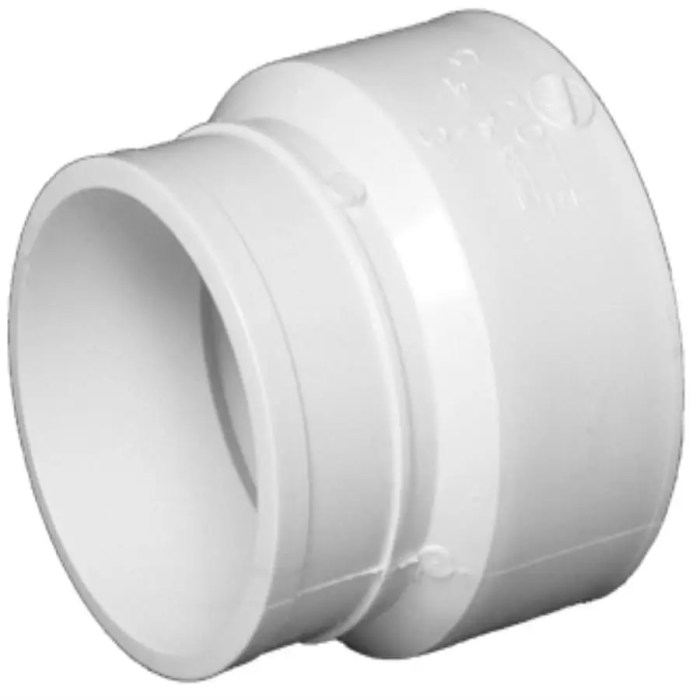
Cast iron hub and spigot pipes find diverse applications in various industries and infrastructure projects. They are commonly used in water distribution systems, sewage networks, and industrial pipelines due to their durability, corrosion resistance, and ability to withstand high pressures.
The use of cast iron hub and spigot components is governed by industry standards and regulations to ensure their safe and reliable operation. These standards specify requirements for material composition, dimensions, performance testing, and installation practices.
Factors for Selection
When selecting cast iron hub and spigot pipes for specific projects, several factors must be considered, including:
- Pressure rating:The pipes must be able to withstand the operating pressure of the system.
- Diameter:The pipe diameter should be sufficient to accommodate the flow rate requirements.
- Corrosion resistance:The pipes should be resistant to corrosion from the conveyed fluid and soil conditions.
- Installation conditions:The pipes should be suitable for the specific installation conditions, such as trench depth and soil type.
- Cost:The cost of the pipes and installation should be within the project budget.
FAQ Insights
What are the advantages of using cast iron hub and spigot pipes?
Cast iron hub and spigot pipes offer numerous advantages, including their strength, durability, resistance to corrosion, and fire resistance. They can withstand high pressure and temperatures, making them suitable for a variety of applications.
How are cast iron hub and spigot pipes installed?
Installing cast iron hub and spigot pipes involves site preparation, pipe placement, and joint assembly. The pipes are typically connected using lead or mechanical joints, ensuring a secure and watertight seal.
What maintenance is required for cast iron hub and spigot pipes?
Cast iron hub and spigot pipes require minimal maintenance. Regular inspections, cleaning, and occasional repairs are sufficient to ensure their longevity and optimal performance.
